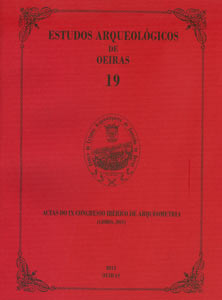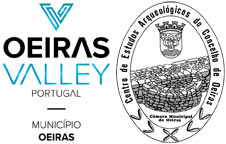Arqueometria e o estudo das ânforas lusitanas do Núcleo Arqueológico da Rua dos Correeiros (Lisboa) e de centros produtores do Tejo
Keywords:
Roman, Lusitanian amphorae, neutron activation analysis in potteryAbstract
The archaeological investigation of the area today integrated in the Núcleo Arqueológico da Rua dos Correeiros (NARC, CNS 1950) allowed the collection of a considerable number of Lusitanian amphorae.
The archaeometric study of some of these amphorae, through chemical analysis of ceramic body by neutron activation, and comparison with similar existing compositional studies for three production centers of the Tagus basin (Porto dos Cacos, Quinta do Rouxinol e Garrocheira), allowed to establish the provenance of a wide range of these amphorae. Studies also point to the existence of a new unknown pottery production center, which would have produced amphorae with morphologies similar to those known bética amphorae of the so called Lusitana 12 type and also some similar to the well-known baetican Haltern 70 type (Diogo, 1987). Considering the contexts in which they were found (I century BC / I century AD), it is not clear whether these amphorae could be produced for the transportation of fish products or other food items. Later, when at the site already worked the workshops of fish products, the compositional study of the set of local amphorae collected enlighten us about the potteries that could have supplied this activity. In Late Antiquity both Porto dos Cacos’ (Alcochete) and Quinta do Rouxinol’s (Seixal) pottery centres, especially the latter, were the main containers suppliers for the fish sauces produced at NARC, but some samples have a different composition more close to that documented at Garrocheira’s (Benavente) pottery centre, stressing the diversity of container suppliers in this period.
Downloads
Published
How to Cite
Issue
Section
License
Os artigos publicados são da exclusiva responsabilidade dos Autores.
É expressamente proibida a reprodução de quaisquer imagens sobre as quais
existam direitos de autor sem o prévio consentimento dos signatários dos artigos
respectivos.




